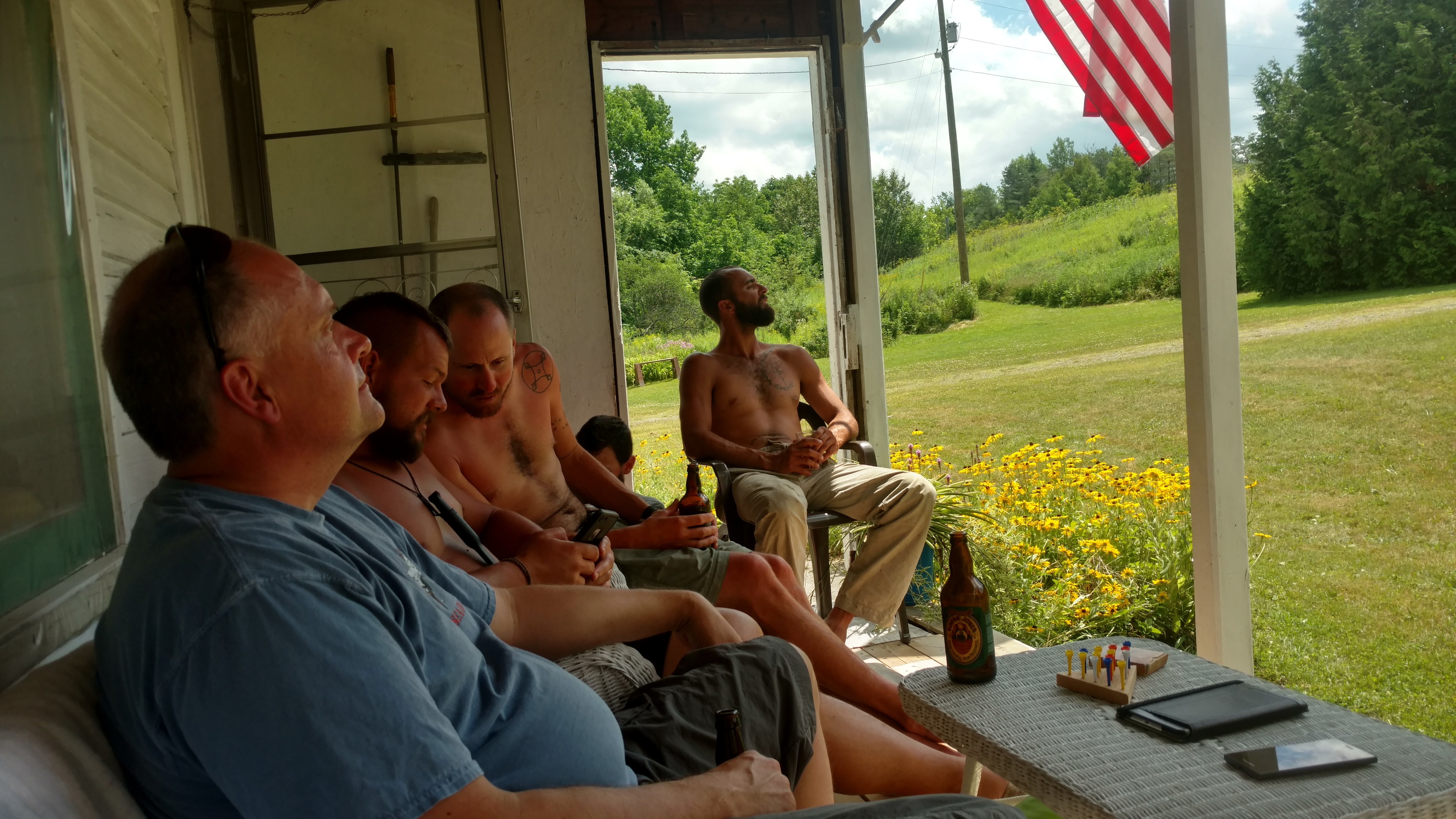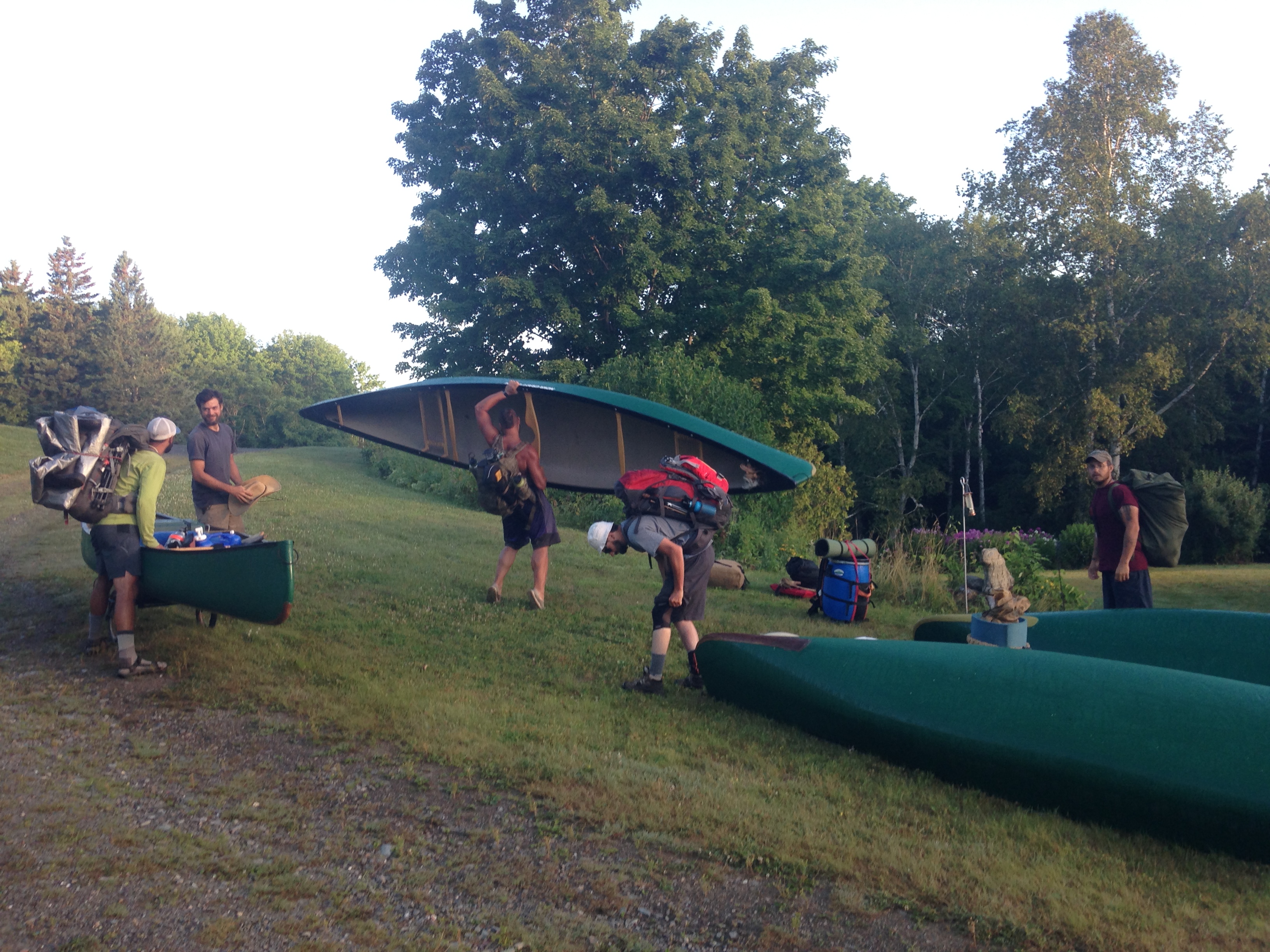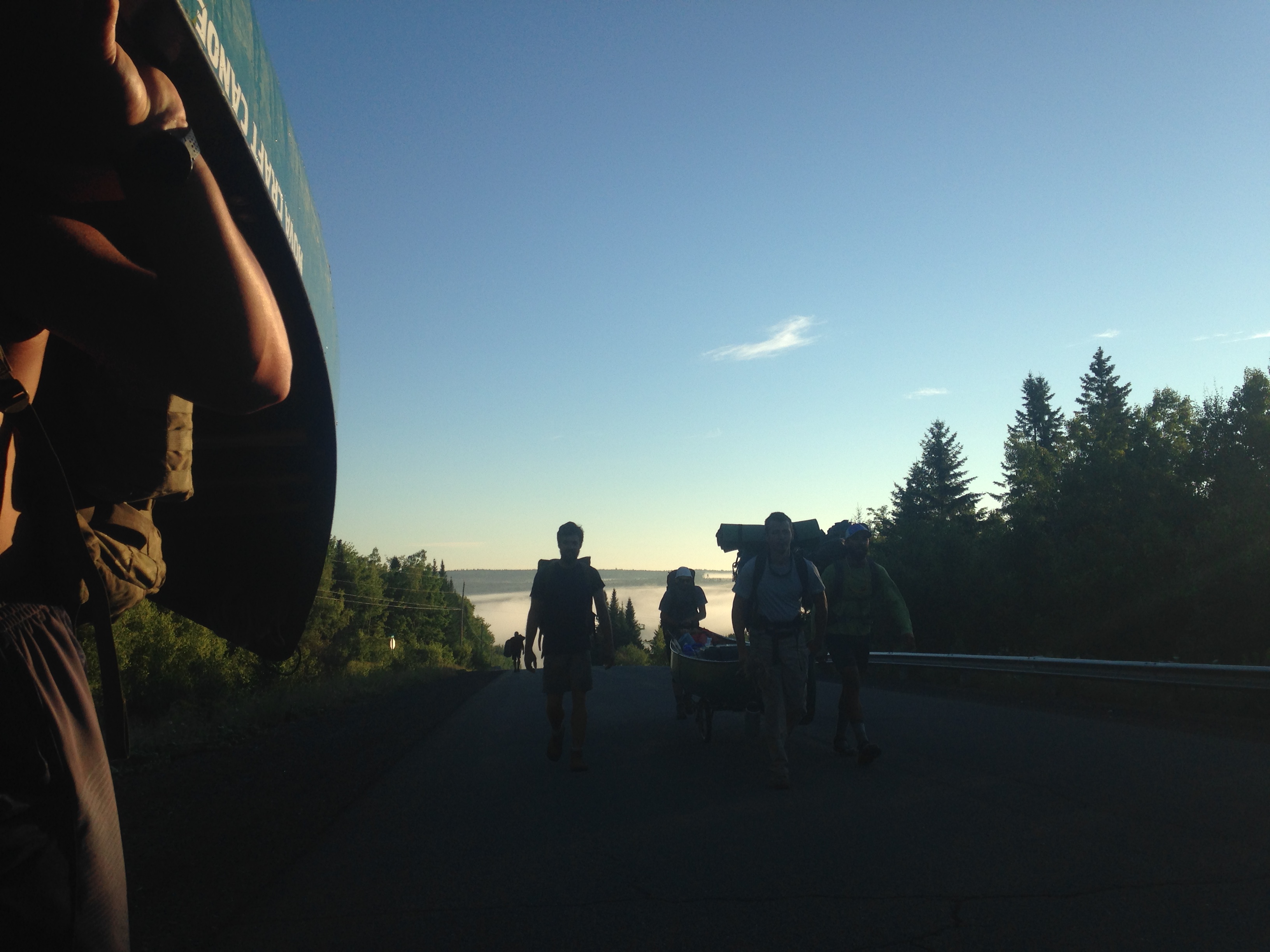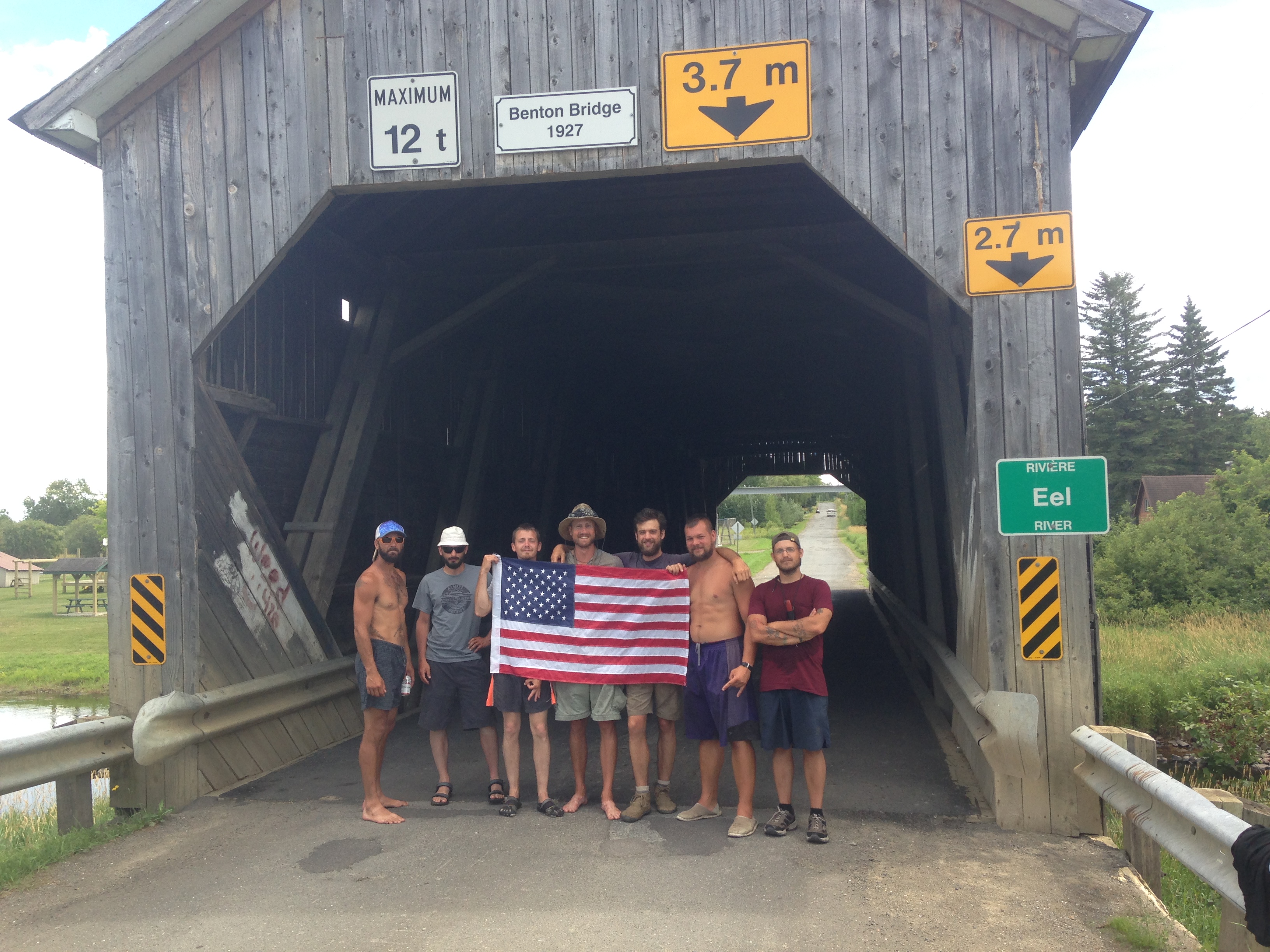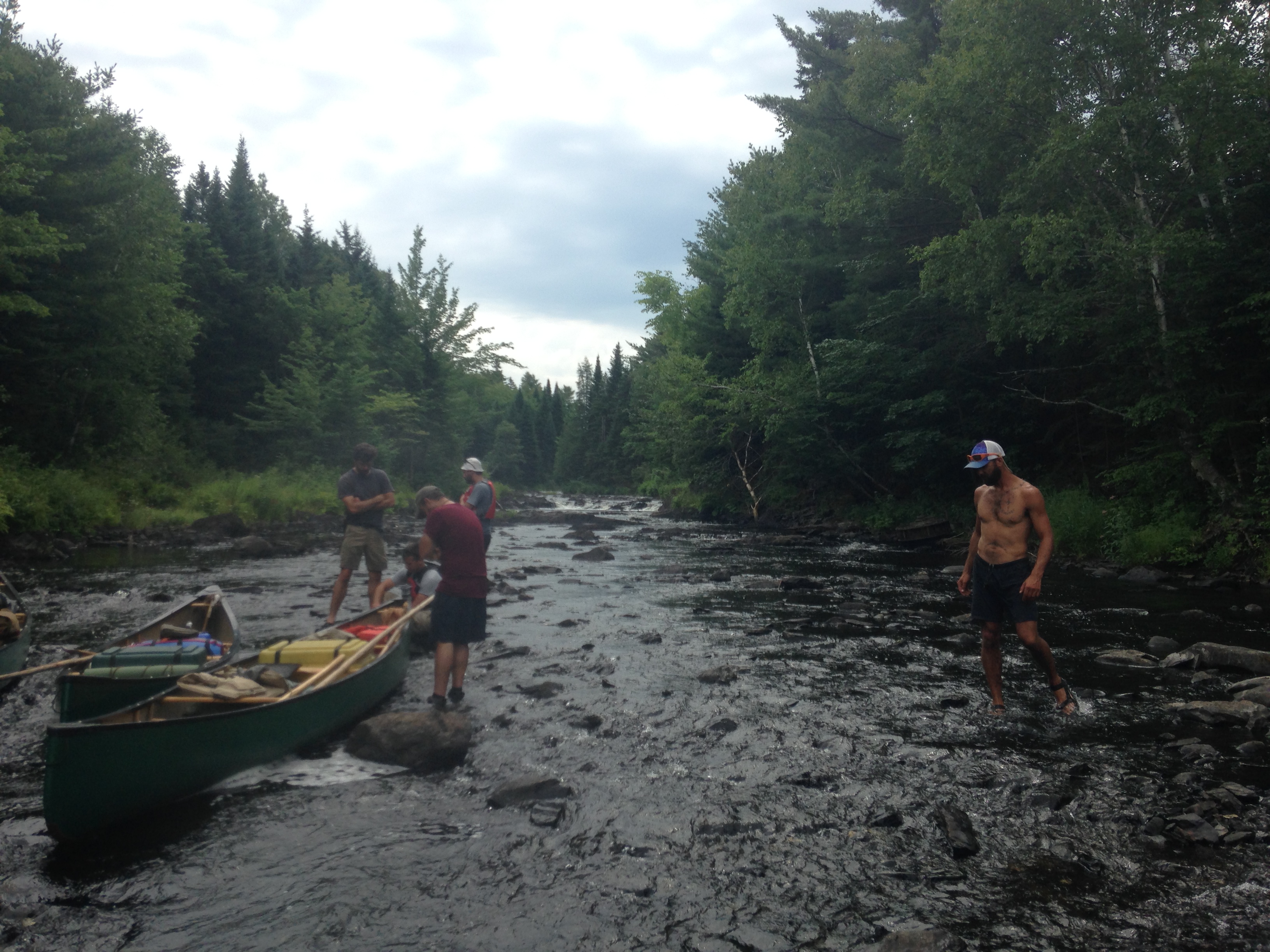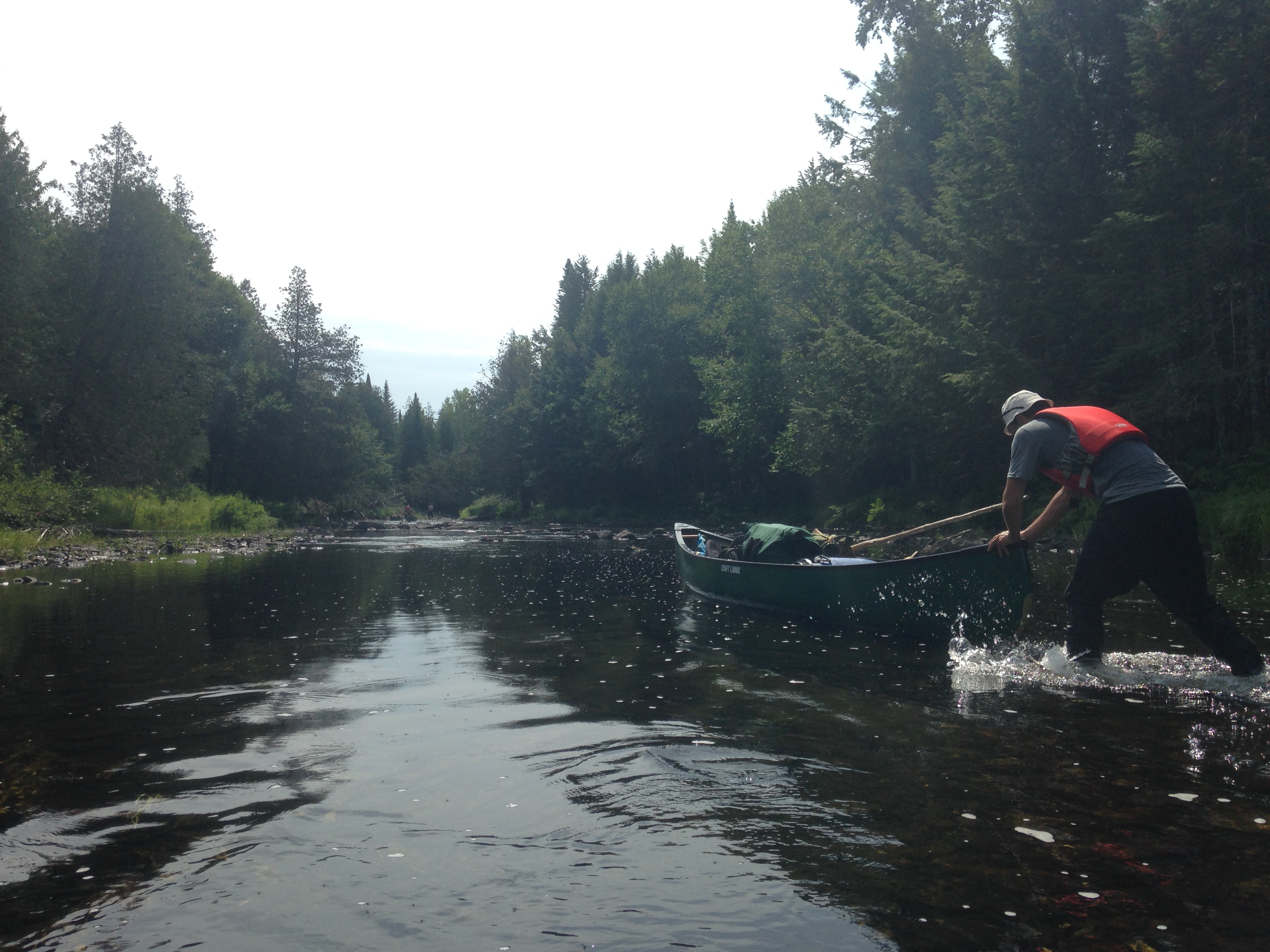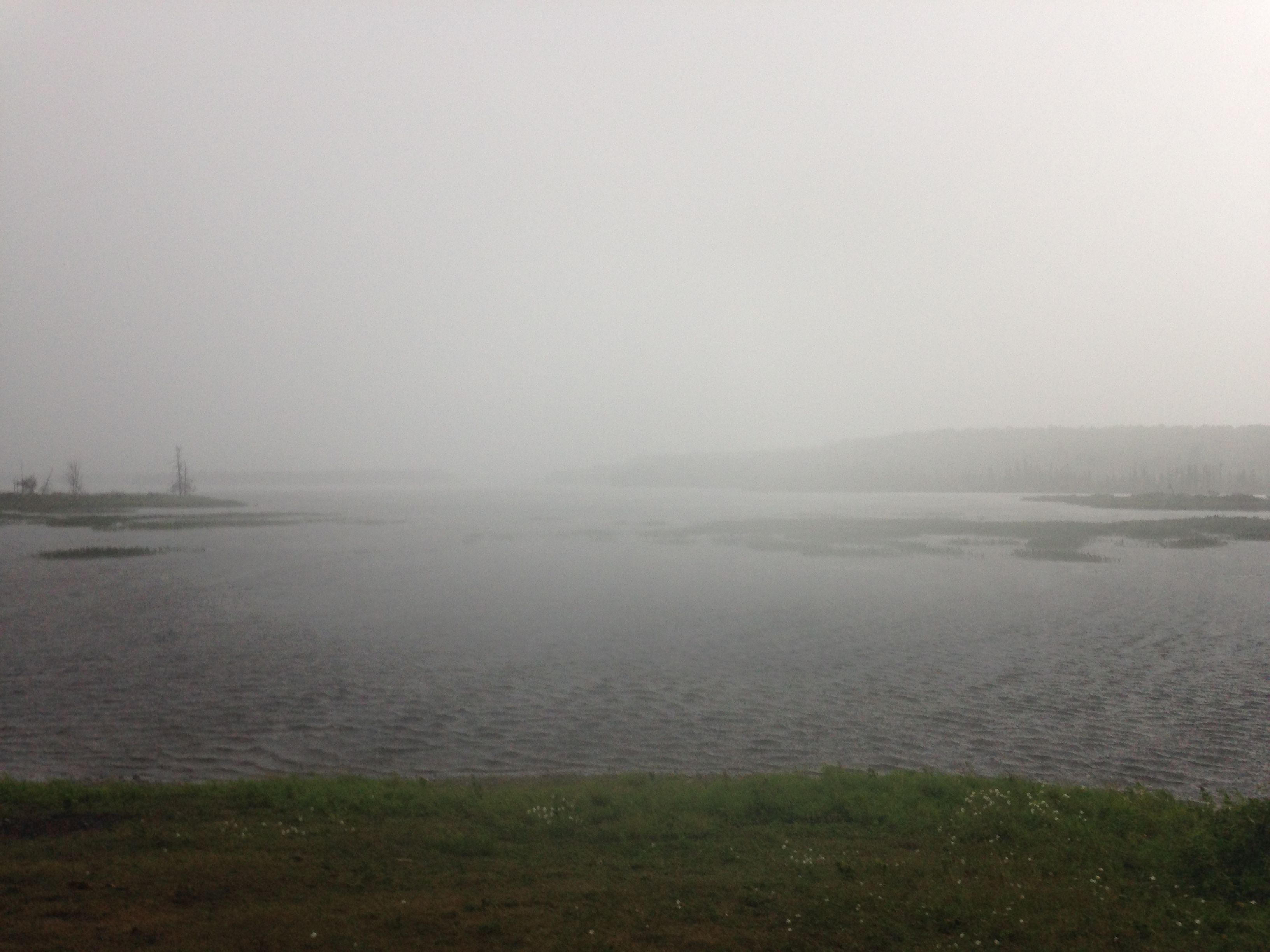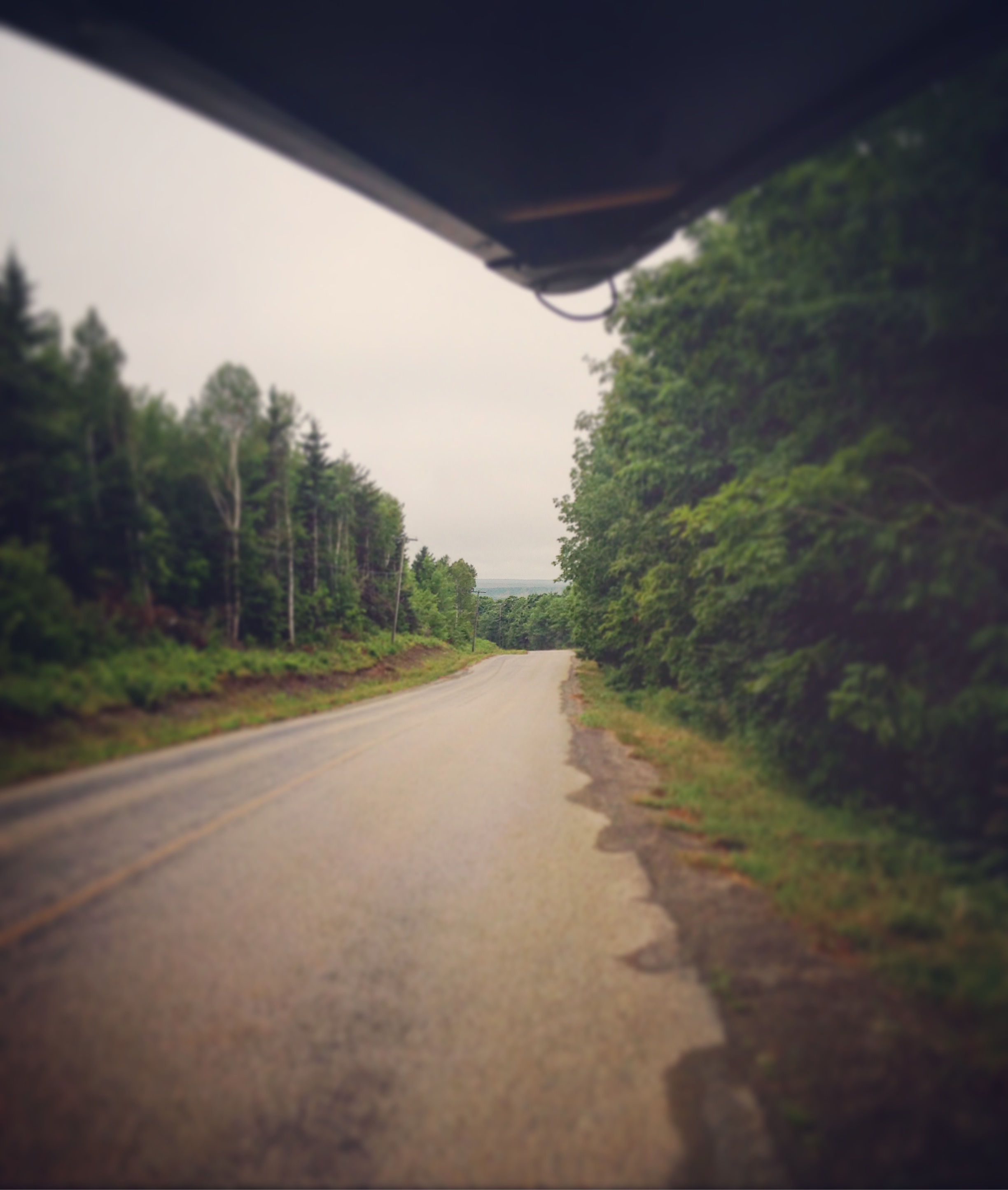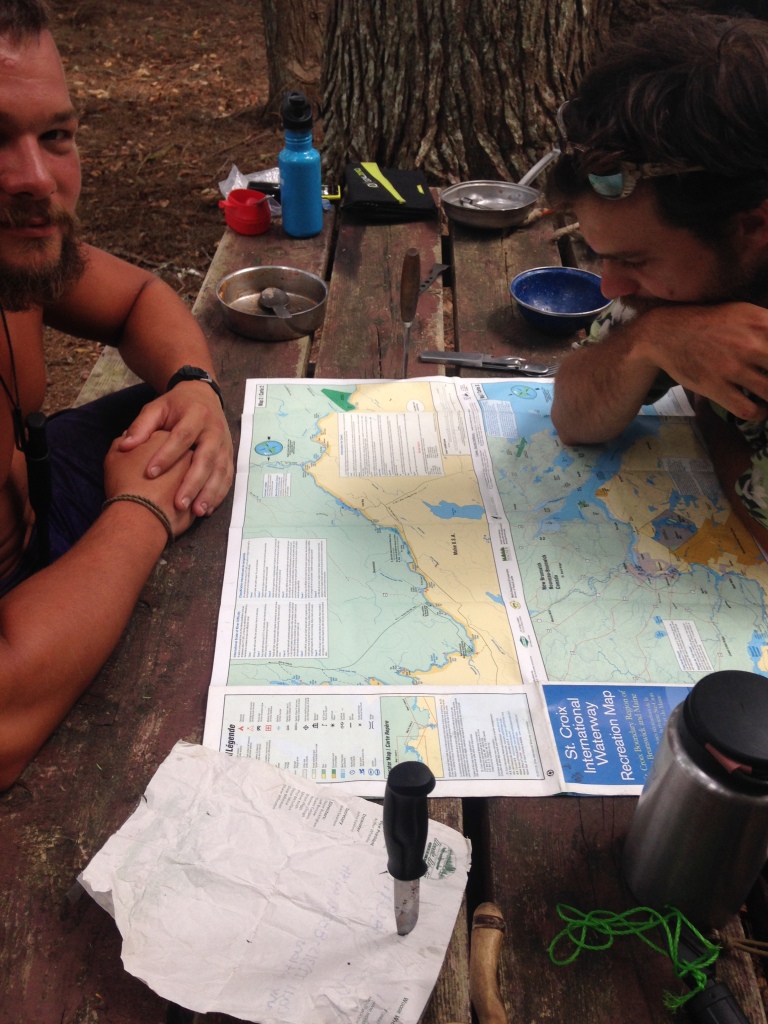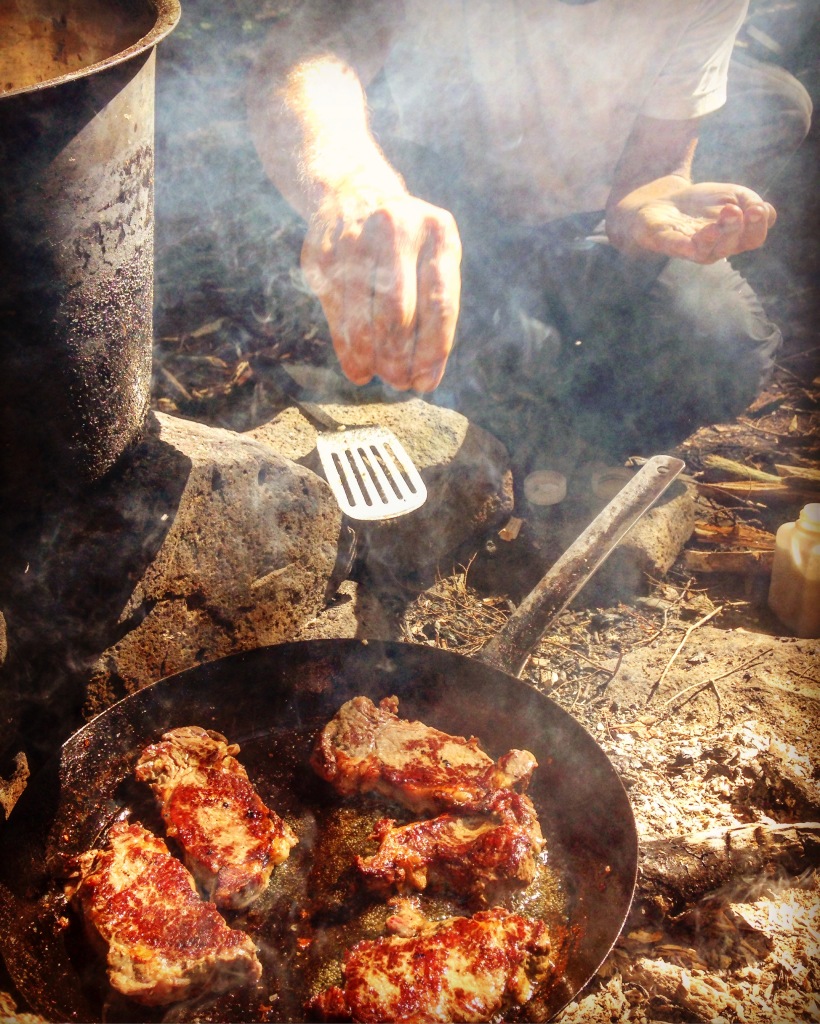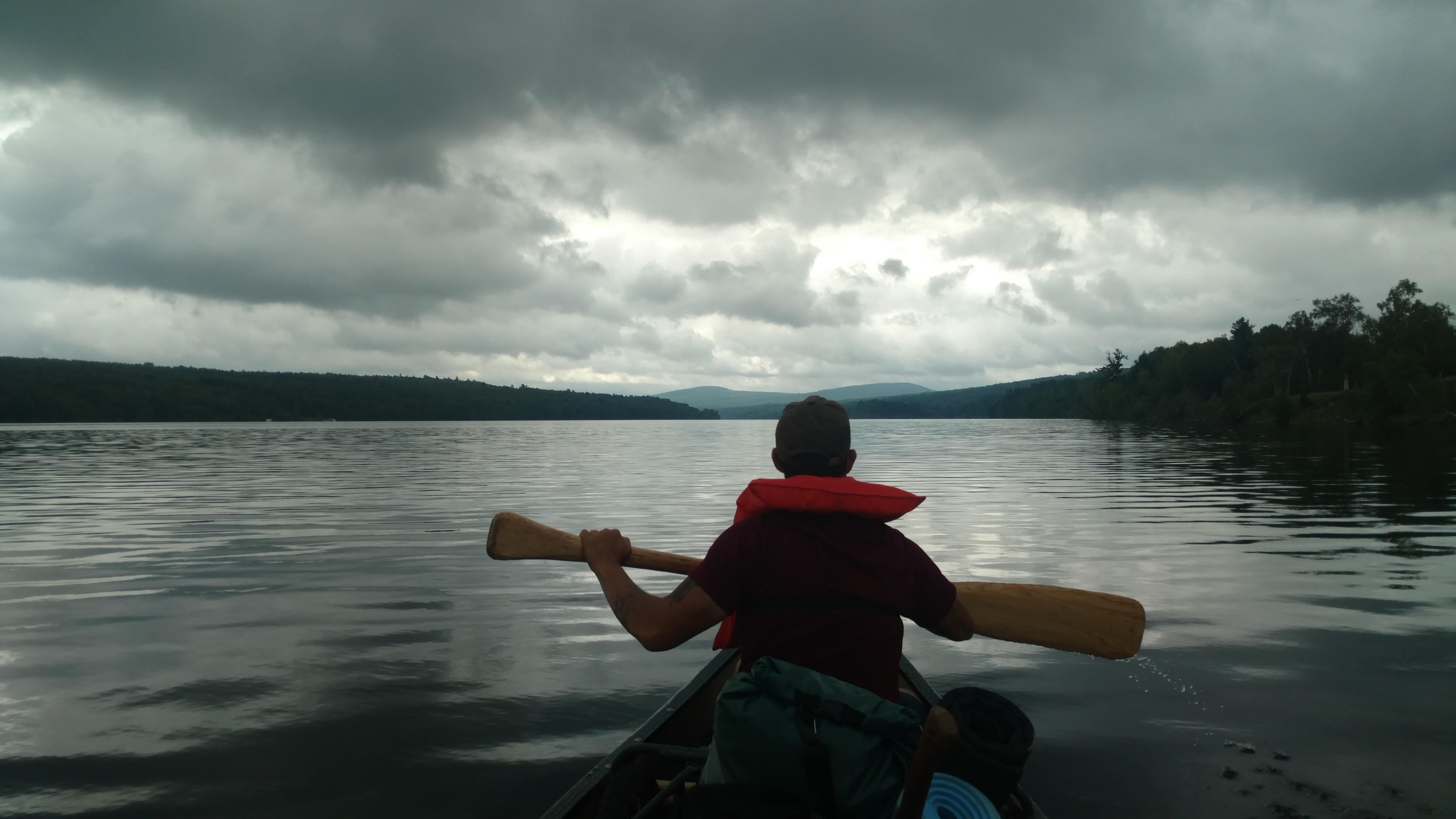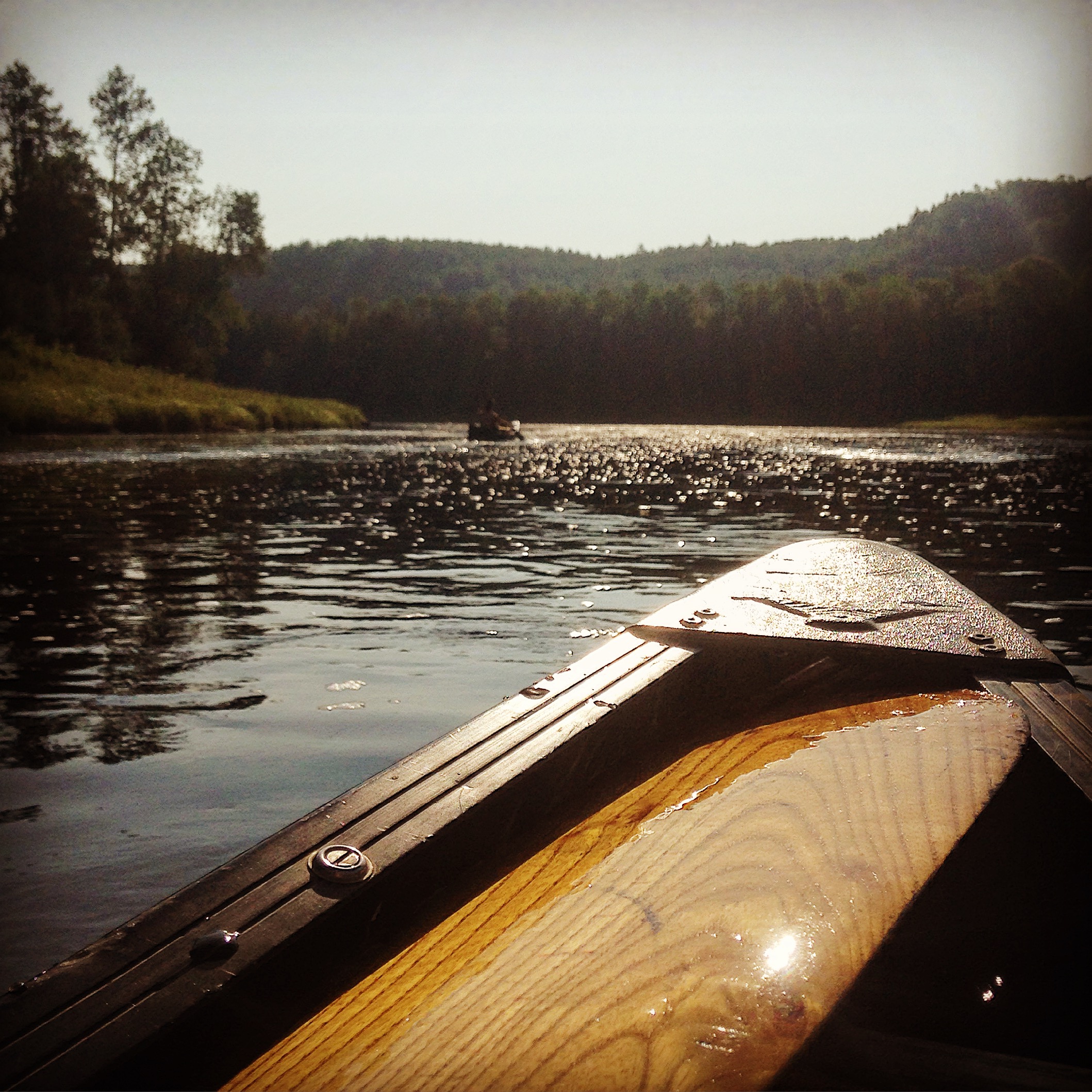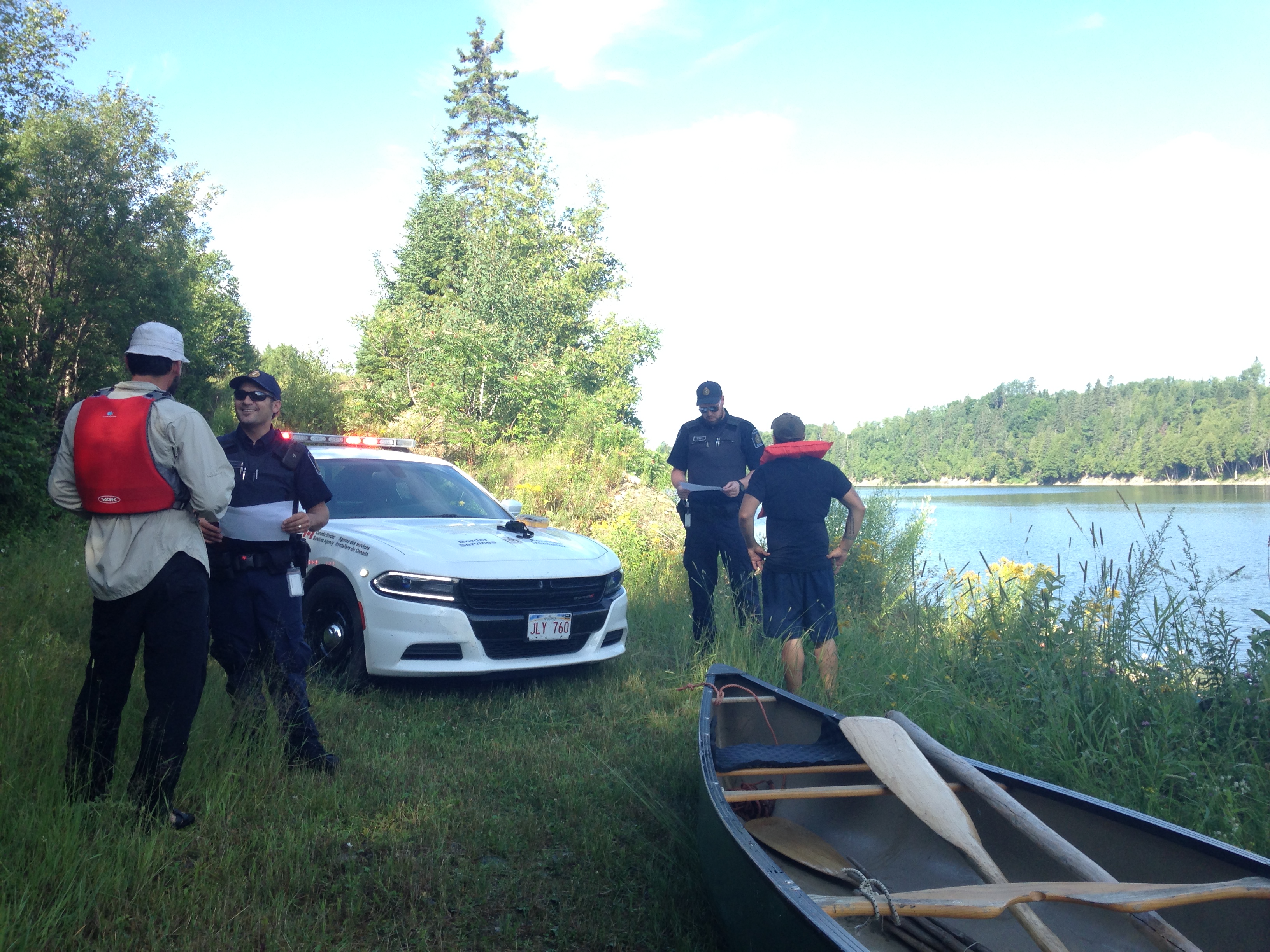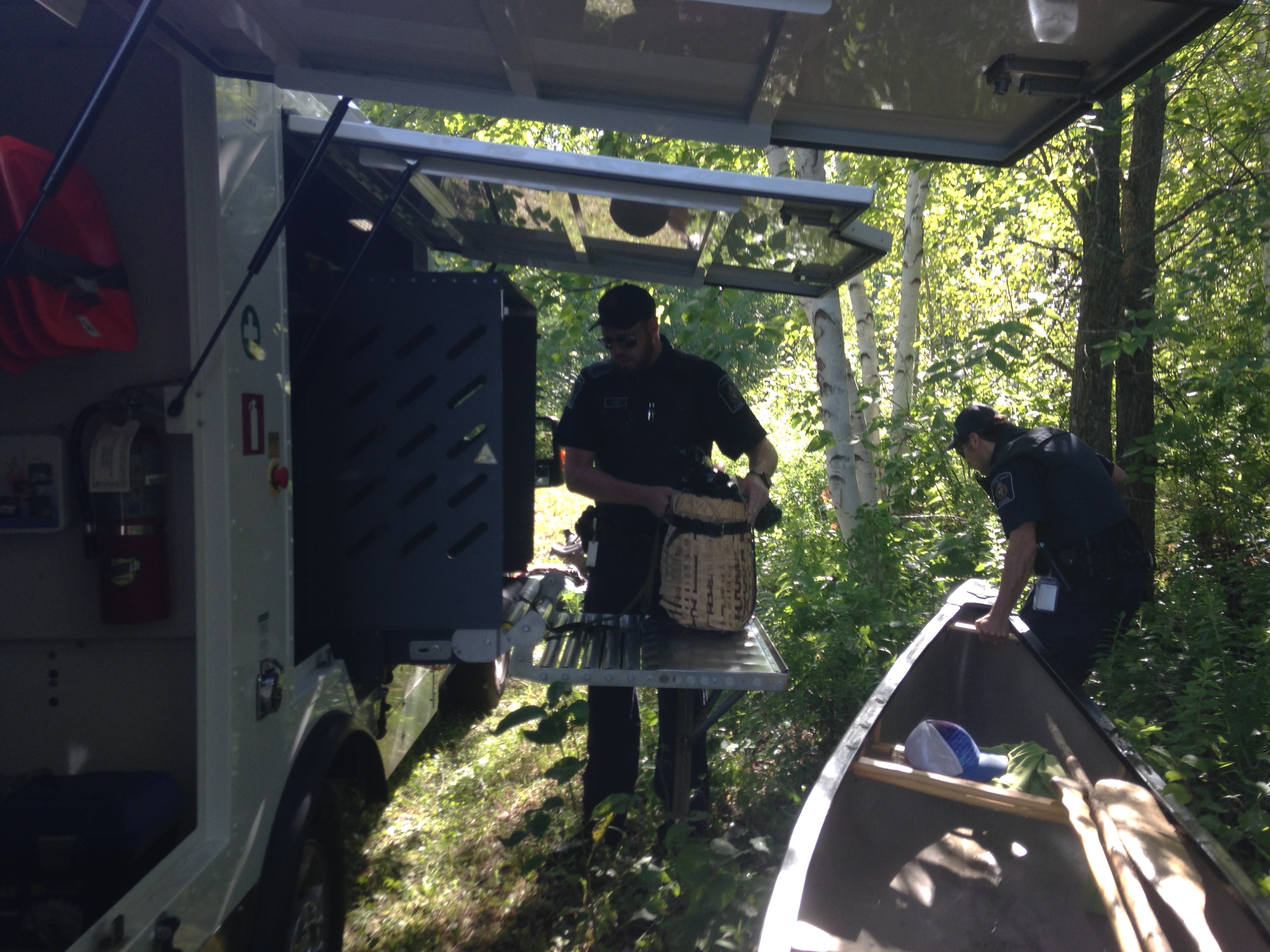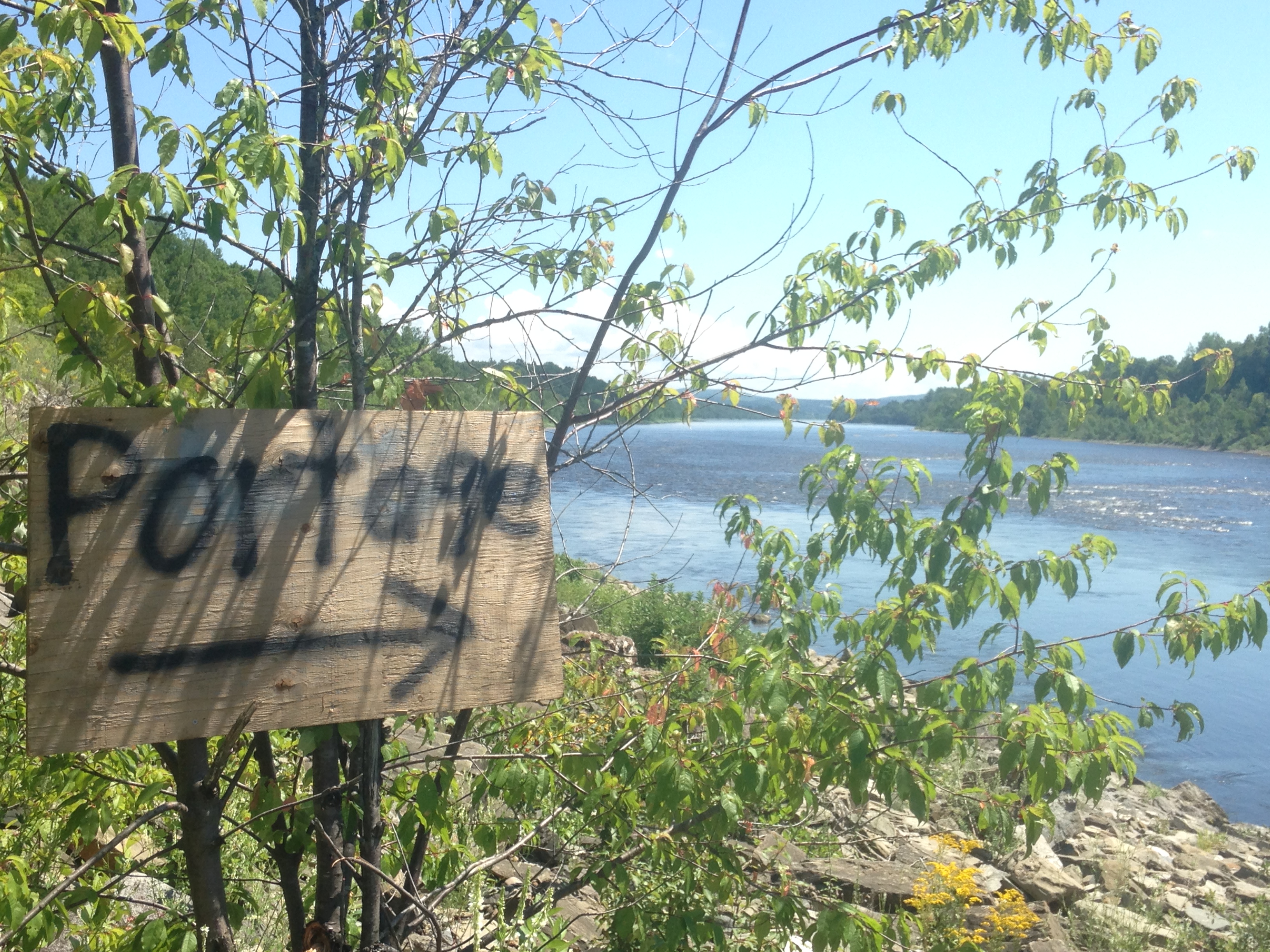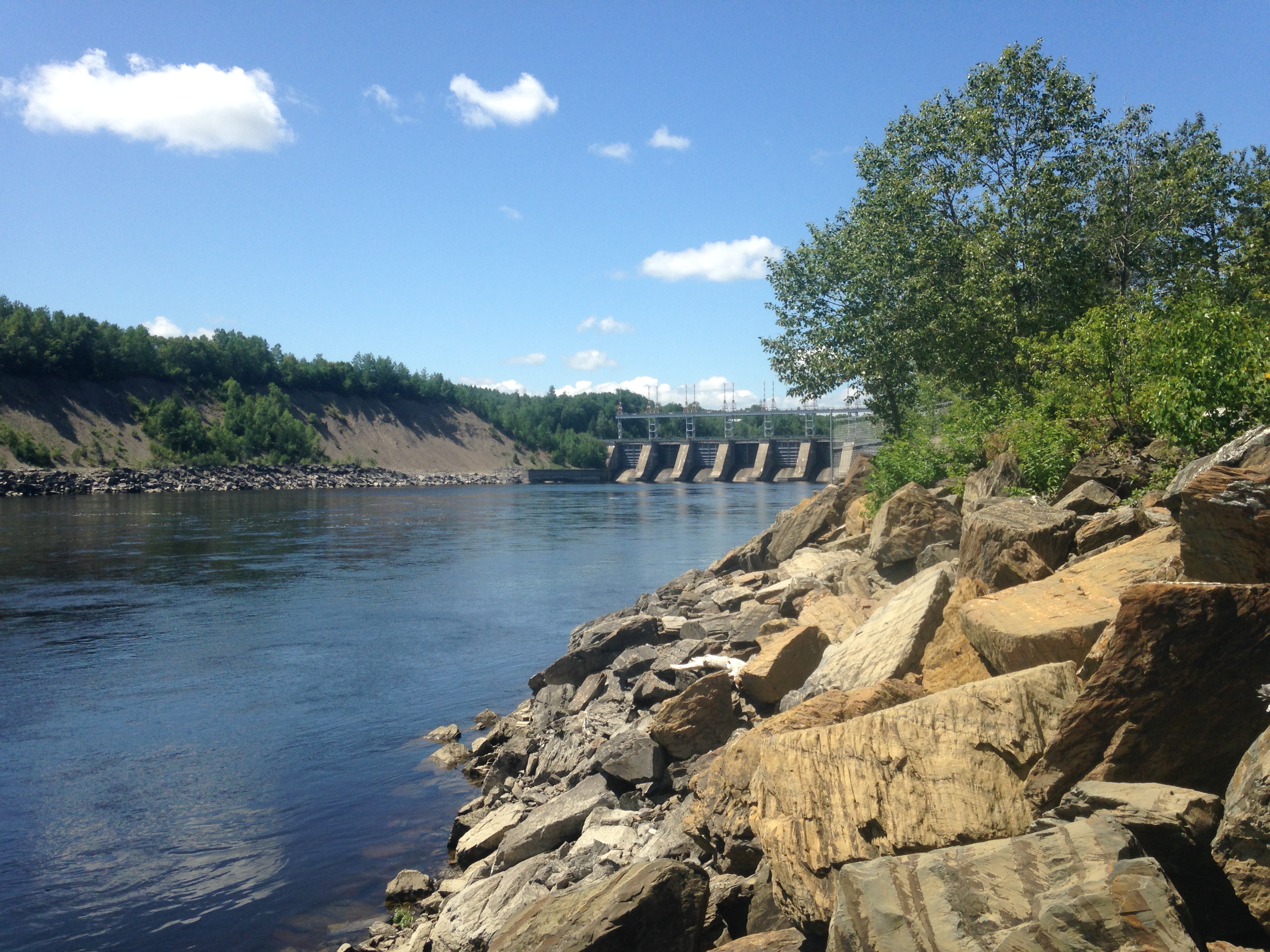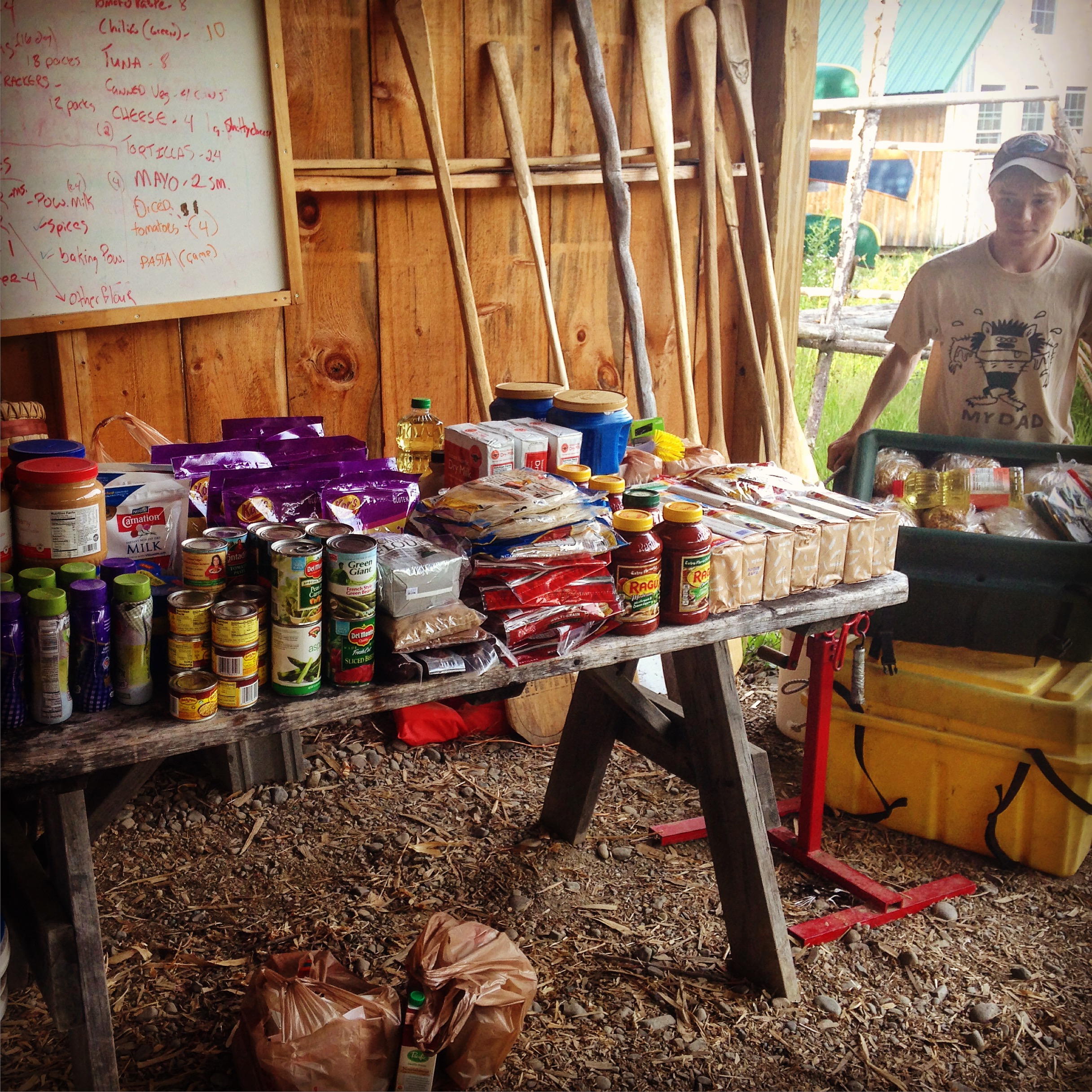What is the requisite amount of time one can stare at a blank page (screen) before your literary army is called off the field and defeat, however transitory, is conceded? Five minutes? Ten minutes? Half hour? Without progress, without movement your keyboard mires meekly in literary muck, an easy target for archers to pick off with striped maple arrows fletched with turkey wing feathers and sinew. They all carry the mark of their maker, a small crest of familial piety burned into their shaft; arrows that create a punctuated creative moment at the end of it’s long aerial arc. The small piece of pressure flaked obsidian lodged into the arrow tip cuts a clean hole in bone, meat, time, energy, art, woolen trousers and any hope that sitting down tonight will produce writing that will live to see tomorrow’s battle. At least the surgically sharp edge cleaves a tidy incision that will hurt less and heal faster than a blunt stone, see, already healing.
Question: Who is shooting those arrows?
Answer: A chemically shortened attention span, drinks that go clink on my writing desk, social media and the laundry list of other shit going on in my head. That’s who, now move on.
I was going to create a running list of the meta issues causing stress and anxiety in anyone with a pulse these days: politics, global health, the environment, but I realized that I like the timelessness of this blog, not that anyone will think this was written in 536AD, but at least there are no mentions of Saturn cars, flip phones, President Bush or how weed should be legalized. The timeless is without time, ageless and applicable to any reader regardless of era or eon, so I figure leaving time out of my writing at least by definition lends a few crumbs of timelessness to my efforts. Should I mention that I started this blog with an AOL email on Blogger a decade ago? I’ll go with a heavy no.
Perhaps this bend to the abstract is just an avoidance of real life and offers armchair psychologist insight into my inner cogs and their detachment from the reality most people seem hell bent on adhering too instead of a heady and intentional attempt at a sophisticated literary mode. Maybe it is just one more way I avoid any normalcy, any involvement in the world around me. I feel comfortable in the role of an observer of life, I mean, I am out here in the trenches like everyone else, but I prefer the view of town from the hills on the outskirts with Ed Abbey’s howling wolf.
The clinking glass got me, distracted again. Here my essay and I languish on an open plain of common bent grass and soft brome, watching the shifting armies flank each other along the soft edges of scrub oak and jack pine, sifting the glacial loam through my computer softened hands not sure where this essay is going but deep down really just longing for a nap or maybe a 36 hour drive west over Berkshire and Appalachian, past Herkimer and Fargo, past home ranges of plains bison and Holstein. Oh to taste the coffee, the horrible horrible coffee you can buy in Bismarck at 8pm at the rowdy interstate truck stops that light up like little sin cities attracting the nefarious and dubious, the scandalous and criminal, and apparently under caffeinated east coast transplants who decide more coffee is the answer to all of life’s problems.
There is movement in all of us, molecules and atoms and electrons all buzzing with promiscuous propriety in a headlong pursuit of producing another leaf in the book of infinite realities. Track stars jump off the blocks, but my mind is no longer in it’s athletic prime, so momentum is gained more like paddling a canoe into a headwind. Once you win some progress the movement is palpable but there is always that brief time, in both writing and canoeing where you wonder if you are moving forward at all, or at least you are going to have one hell of a long day in front of you. So here I go, look at this progress…
What is progress? If I walk clockwise around the Earth East to West at 460 meters per second will I go anywhere? I would imagine it’d sure feel like it, but I’d be just keeping up with the erosional forces of time, gravity and the cold pings from the outer reaches of the galaxies that unrelentingly grind away any attempt on our end towards a fixed goal. Maybe that’s the problem, our goal has to be just as fluid as the game we all play.
Scene: Classroom
Paul’s arm is raised
Teacher: Do you have a question?
Paul: Yes
Paul again: “Does a passenger in a car make progress towards a goal even though they are not doing anything to attain that goal?”
If yes, maybe all of us are progressing quite nicely, despite our efforts or intentionality, as we rotate on this rock at 1000mph, as we orbit around the sun year at 66,000 mph, and as all of us rotate around the center of the galaxy at 483,000mph. So there you go, don’t feel bad next time you swing away your afternoon in a hammock, you’re really going somewhere.
The problem is that watching the universe lazily whiz by is a form of passive progress, like losing your hair or growing a toenail. Yes, you end up different or the same in a different place, but it wasn’t your hand that sliced the pizza, it was just handed to you on a grease soaked paper plate. Don’t be like a red delicious apple, wait, what? (A pizza metaphor would have worked better here. If it is a pizza metaphor that follows, I edited this with a sharper mind, probably an hour to two from now after my wine glass was refilled once or thrice, if it’s still about an apple I should have changed to Scotch). Right, so don’t be like a red delicious apple, here’s why:
First off, no one wants a red delicious apple, they area the face of defeat, the consuming of one reeks of institutionalization or a general abandonment of goals or appreciation for life itself. They are bred for looks and packaging, not taste. They are the image of an apple for infants to identify, for elementary school kids to take one bite of and throw in the trash (or at a tree or a dumpster) and, along with rock hard oranges, the sorrowful contents of fundraising fruit boxes delivered by well meaning girl scouts and school groups. But despite all the bitter, tough skinned, mealy and bland sorry excuse for existence, they too, like us are also hurling through space at pert near a half million miles per hour. Science will point out though that they are not progressing, and it’s going to cost them their genetic life.
Succinctly (because I have already written about this and I feel sheepish for dipping twice into the same story) apples are all cloned, you can’t get an apple resembling the one it’s seed came from simply by planting that seed. You eat an apple, pluck out the seeds, stick ’em in the ground and a decade later you’re most likely gonna have a few bushels of sour, bitter and inedible little balls of disappointment. The problem for the red delicious is that if you clone anything for too long, genetics wear thin and the diseases and pest that are normally kept at bay through genetic variation now have free run of the place. Enter pesticides, lots and lots of pesticides. So, no progress, just lot’s of galactic speed.
So we’re moving, but it’s back to being our responsibility for growth, and this year I really wanted to get better at deer hunting. In years past, I sat in my ground blinds or in a tree stand, spinning like a top at 1000mph but in actuality doing not much more than waiting for the cosmos to align. Sure I’d set up in deerish- looking spots, but outside of that I bet the odds that a deer would come by that area at the same time I decided to occupy my blind. I usually had some success, but not to the level I feel like I should be at at this age of my life. I was admittedly red deliciousing my hunting season away.
This is a good time to point out that personal progress isn’t always or isn’t merely a metaphysical navel gazing pursuit, in this case it’ll help me kill more. I mean, seriously, while that was not the best sentence I’ve created it’s true, progress as a hunter means, among other tangible and intangible qualities, more proficient and more frequent success, aka more killing.
Right now marks the second week of deer hunting in the great state of Maine where, as opposed to Wisconsin you get a whole glorious month to sit in a ground blind made of field grass, dead tansy flowers and cattail leaves that conceal your corpuscular movements, movements which are typically focused around coffee consumption and/or warding off the creeping cold. I have a system when I reach my ground blind; everything I take out there has a place. My coffee leans against the white pine trunk, my black hip pack on the ground to the left and behind the tree, my phone ( to check hunting times) sits in the open front pocket of that pack, binoculars in the main pocket, headlamp hangs from the nub of a branch I snapped off this year and my deer calls on the ground next to my left hip. This orderly preoccupation orbits around my binary baseless fears of losing something in the dark (even though I am wearing a 700 lumen headlight) and the feeling that if I leave an item (like my hand me down blaze orange Filson hat) willy nilly on the cold damp earth it’ll somehow be ruined. Irrational? Oh, completely. Moving on.
You always have to move on, like on those mornings when despite your best efforts to mimic the bleat of a doe or the grunt of a buck, all you see is the blazing stare of Venus and Sirius and a few nonchalant chickadees. I have thrice now ‘moved on’ from my human nest without seeing a deer, but it’s been 65 degrees this past week and the deer are feeling hot under the collar in their winter coats like skiers who duck into the lodge for lunch wearing full snowsuits. They are uncomfortable out there, hot and bothered but not hot to trot enough to respond to the artificial can call of a doe in estrus. On a side note, back in the day I was way into tracking and animal behavior and in that parlance female animals are said to be ‘in estrus’ when they are fertile, a phrase that when applied to female humans at a private environmental college didn’t go over quite so well and showed my glaring misunderstanding between menstruation and estrus. Oh well, I blame elementary school health class for dropping the ball on that one. Thanks a lot Mr. Larson.
My favorite part of hunting, besides the galactic silence you feel in the dark at 4:45am are the incidental catches like so many kraken in a tuna net. This year there is a flock of chickadees that fly into the small white pine I am blinded under who always seems to show up around 6:30am. I’ll be sitting still enough that they land like confetti above me in the pine’s branches and flit about for a few minutes. This morning they were extra exuberant and had me thoroughly distracted from my task at hand to the point that I seriously considered the possibility that they were intentionally distracting me from a parade of deer. The kicker is that they might have been, there is no knowing.
Other incidental catches: there are three roosters around our house and the one to the south of us wakes up first followed by the other two. Our human neighbors wake up very early. There is a fox nearby who barks just before sunrise. This is a bumper year for mice. Last year I only remember hearing them once or twice mouse about under the dead thatch of grass around me but this year it sounds like the constant crackling of tissue paper. I can see stalks of grass and dead asters twitching like the tail of a hunting cat as the mice and voles bump into them. I hear them squeak and scamper right up to my boots, apparently aware that the firearm I cradle is not meant for them.
I may see a buck this fall, I may not. The best way to move on from life when plans end up like an episode of The Real World and not Full House (showed my age there huh?) is to remember that the more fluid a goal, the better chance you’ll have of at least hitting the target, if not the bullseye you were shooting for. Another good practice, set your goal in the process not the product. My goal has always been to go hunting, so if I shoot a deer all the more better and I believe I’ve enjoyed my years of hunting just as much if not more because of that goal. Now fishing on the other hand…
So I move on with this fall, this early winter that feels like late June. We move forward with a global pandemic, a new president and an accumulation of memories from the strangest and most challenging year most folk can remember. We move on, mostly because we have no choice but also because we know we can’t stay here any more than a deer can’t stand still for too long without attracting the attention of a 30-06 managed by hands that have known the feel of a warm deer heart and the grip of a knife.
We all move on, mostly, well, because we have to and we all know it. Just like the mistaken ethos of wilderness conservation, there is no final point with the evolution of species, succession of ecosystems, or in life, no point we can examine and call ‘how things are supposed to be.” Conservation of a set point of Nature is another moment of flawed logic, of delayed or destructed ontogeny, like our preoccupation with puppies and youthful looking humans.
We all move forward away from what has happened, but not towards an end game, towards instead the next form of us that will quickly be left behind like so many toppled dominoes or a flip book cartoon of our lives. Hopefully my next me is eating a medium rare venison steak or thinly sliced pieces of deer heart over wild rice and not a red delicious apple or greasy pizza from a truck stop in Bismarck. I hope my next me enjoys those moments in mid battle when I get to sit for a moment and inspect the quality of the glacial silt deposits. I hope my next me still enjoys watching the chickadees in the small white pine as much as exploding a piece of lead into a deer just behind it’s front shoulder. Luckily though at the speed which we’re all going, I won’t have to wait long.
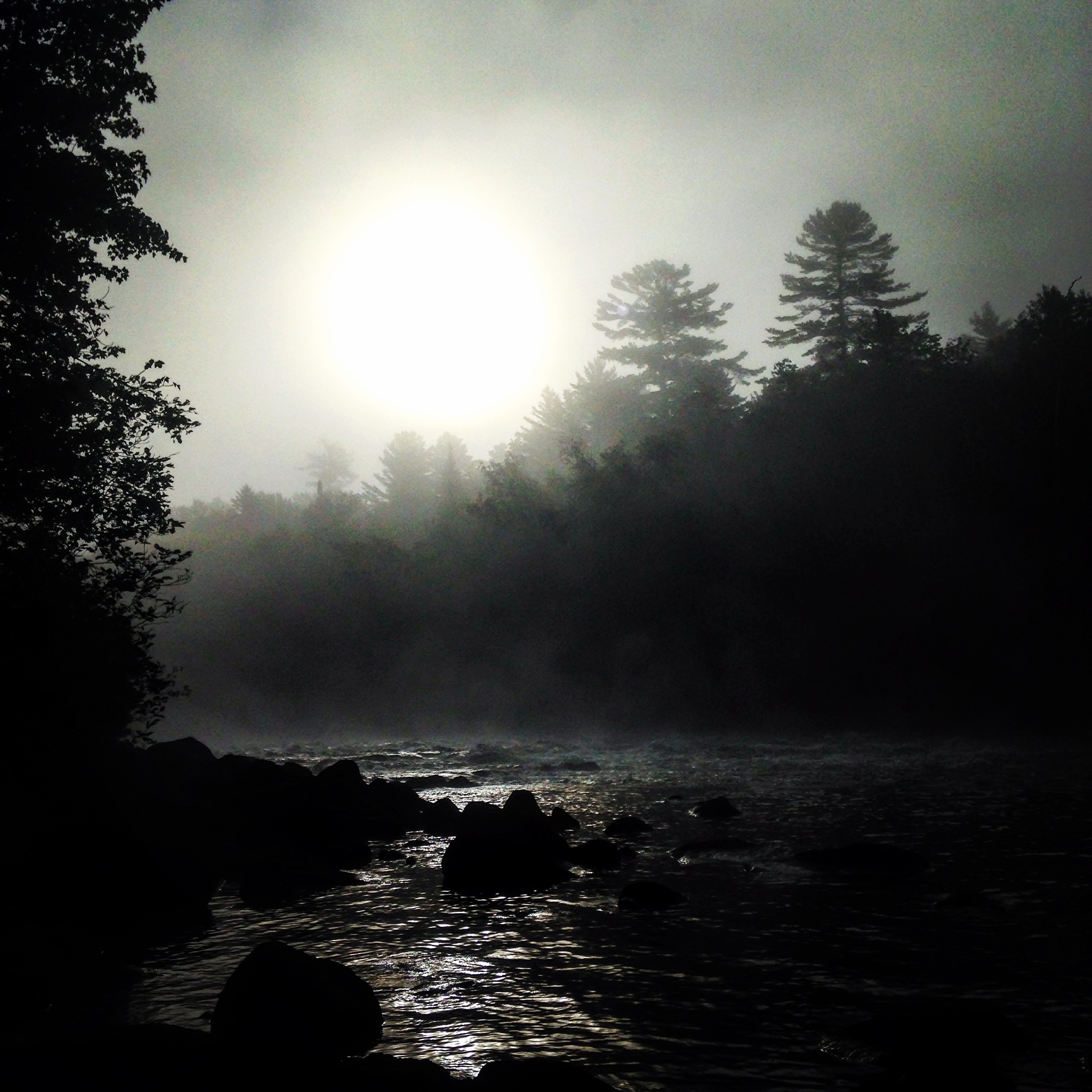
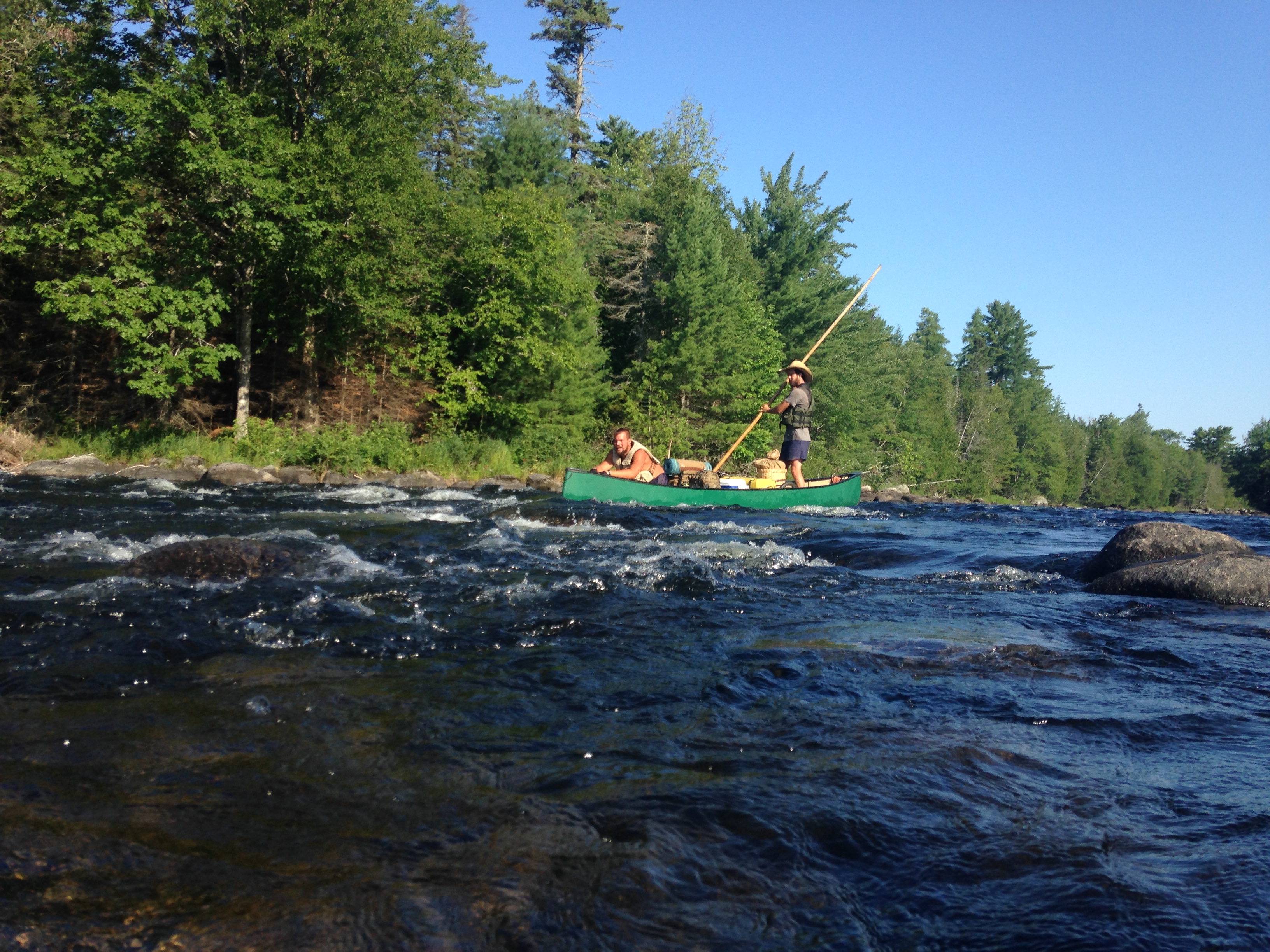
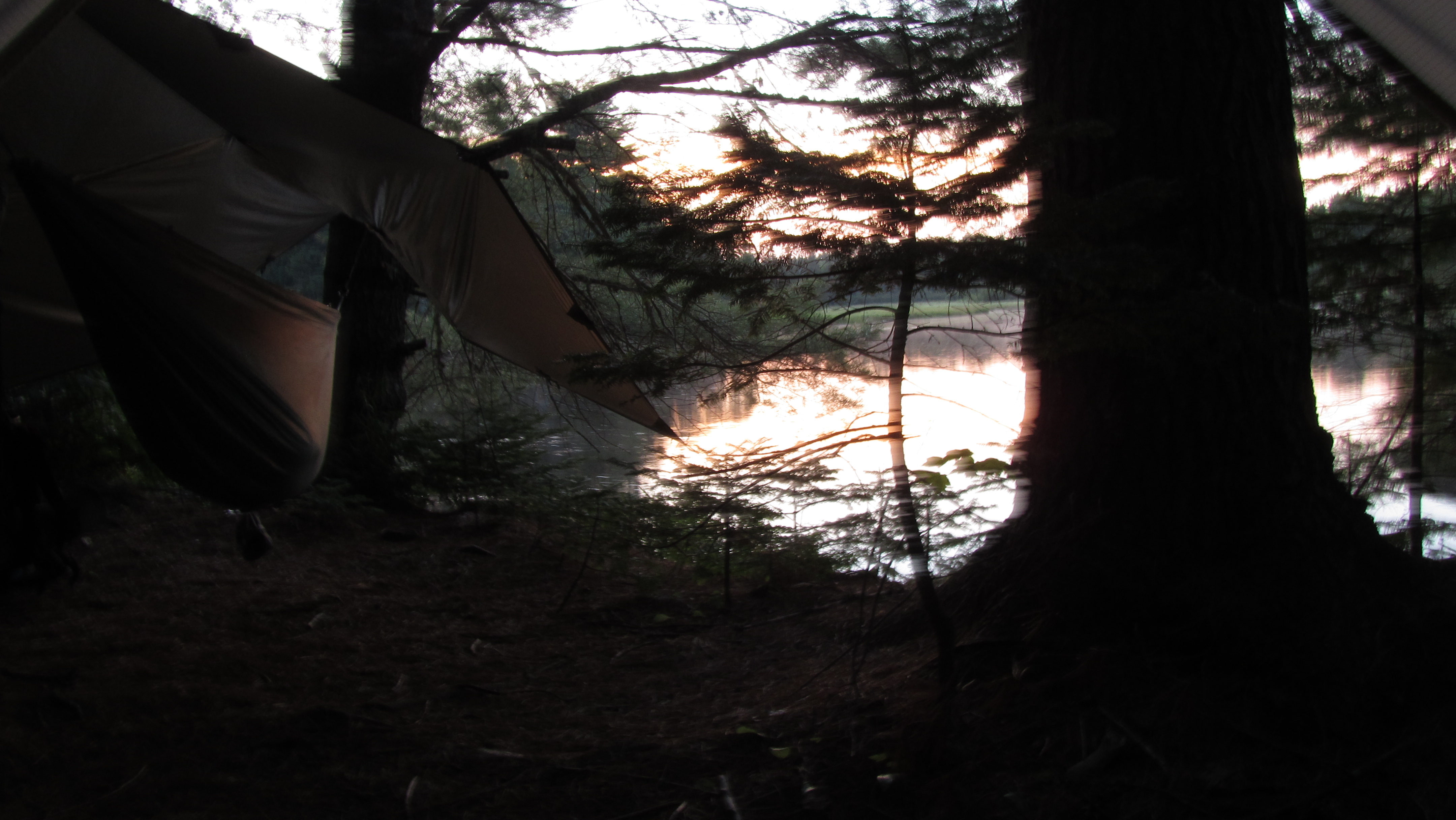
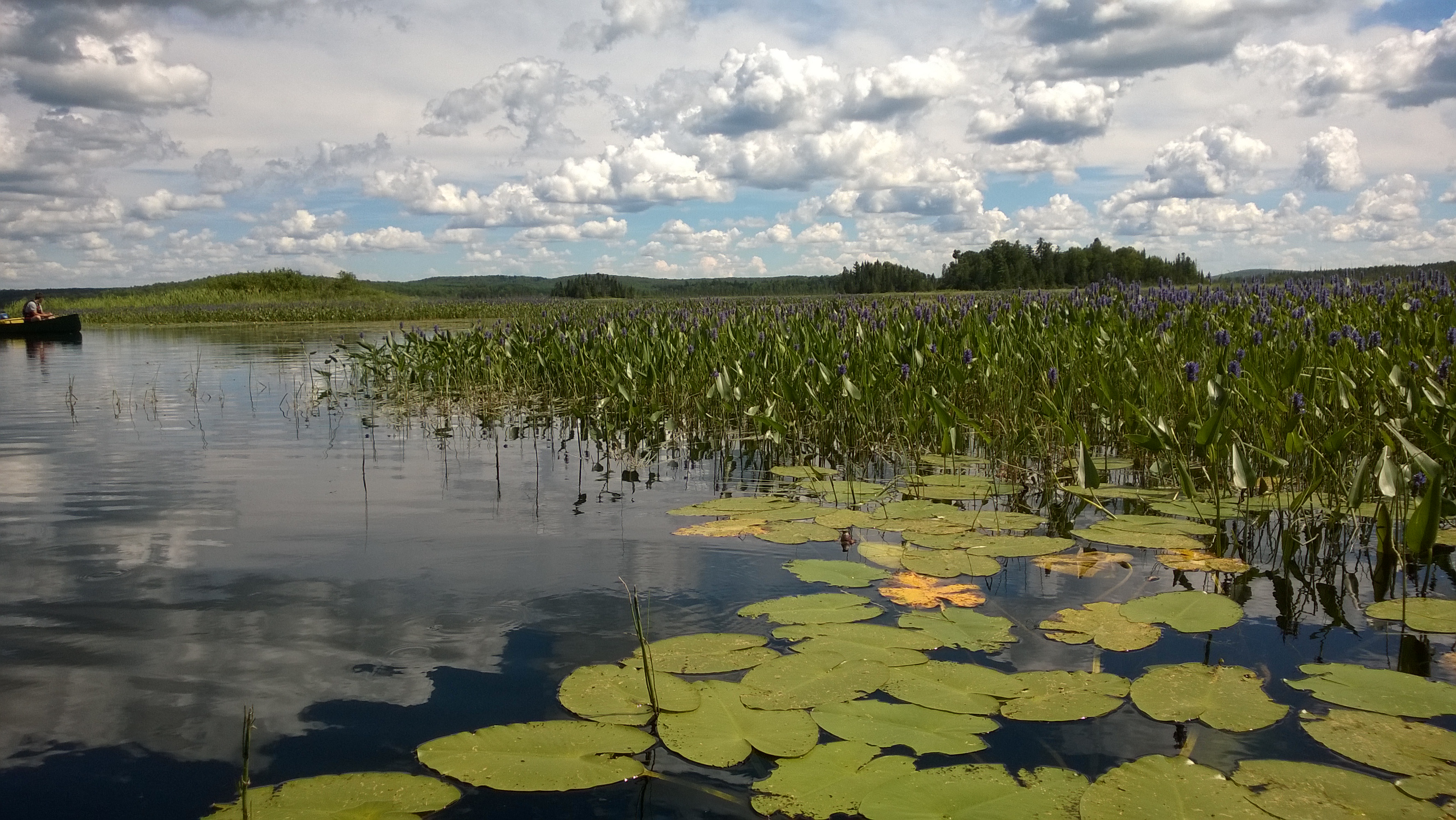
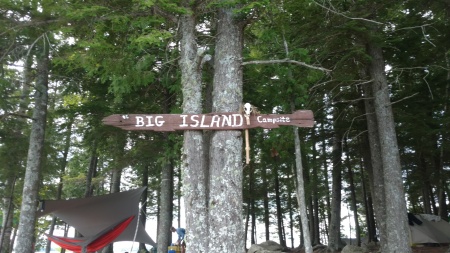 August 1st
August 1st